
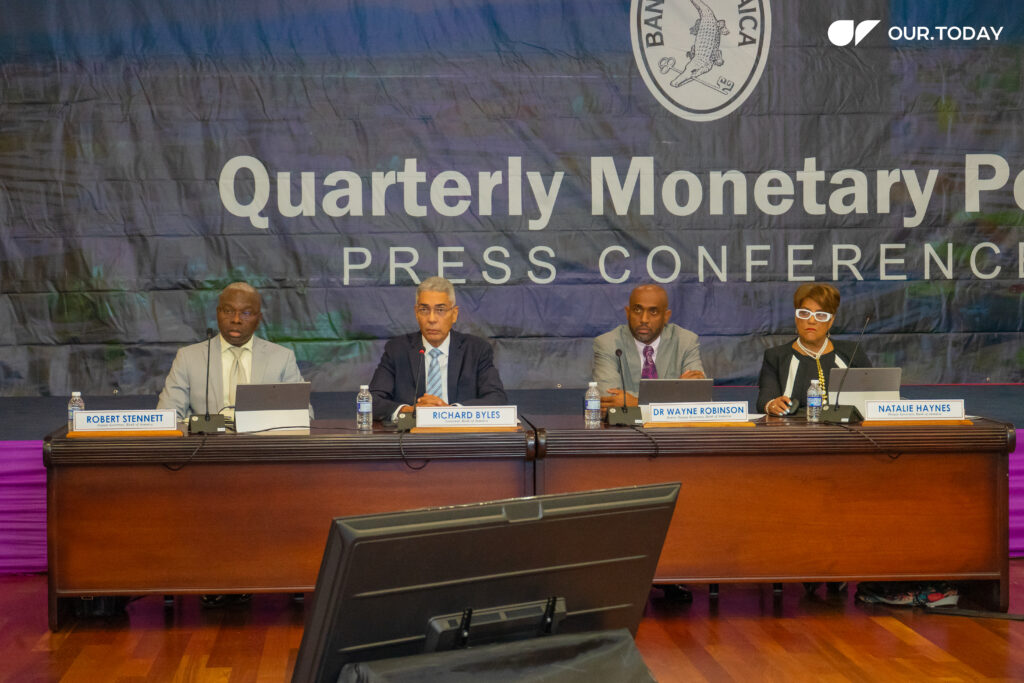
Durrant Pate/Contributor
The Bank of Jamaica (BOJ) is bullish on the Jamaican economy, with its Governor Richard Byles anticipating good times ahead for the rest of 2025.
Delivering his Monetary Policy Statement on Thursday at the BOJ Quarterly New Briefing, Byles said the current account of Jamaica’s balance of payments is projected to remain in surplus over the near term, while the international reserves are projected to improve further.
Additionally, it was estimated that the domestic economy grew in the range of 1.0-2.0% for the June quarter, due to expansion in most industries. Continued growth is expected.
“Economic activity is projected to continue to expand in the September 2025 quarter. For FY2025/26, the bank projects that growth will recover in the range of 1.0 to 3.0%, largely due to the agriculture, mining and tourism sectors. Subsequently, growth is forecast to normalise in the range of 1.0 to 2.0%,” Byles told the briefing.
Inflation could be moderately higher than projected
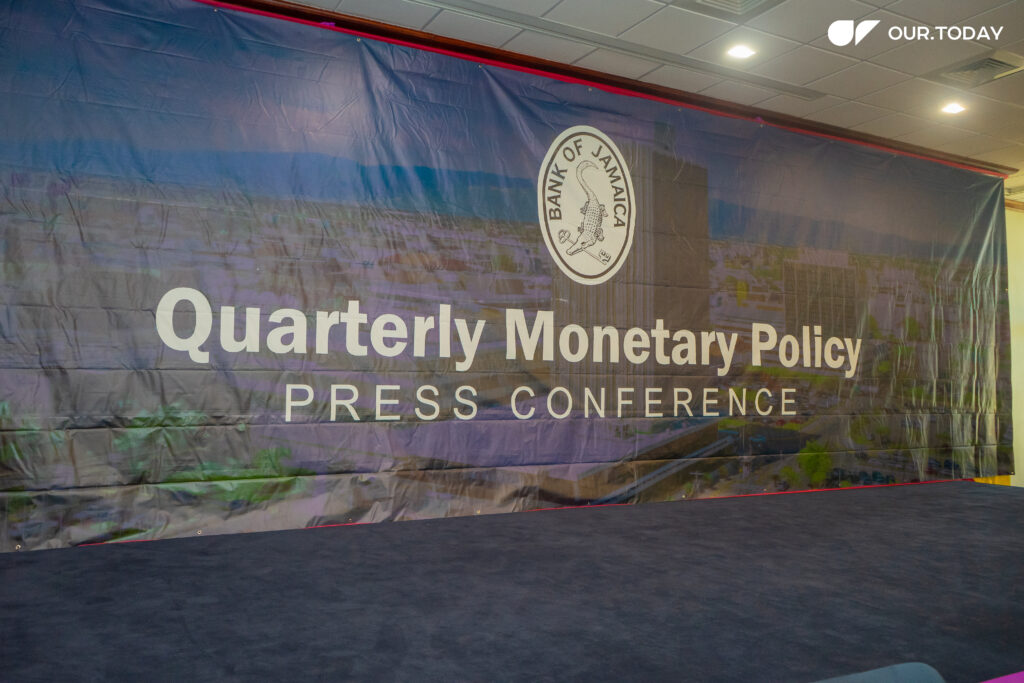
Employment levels remain high, even as anecdotal data suggest that wage pressures are moderate. However, the risk to the inflation forecast for Jamaica is skewed to the upside, which means inflation could be moderately higher than projected.
Higher inflation could stem from a sharper-than-anticipated increase in the tariff faced by the US’s trading partners, resulting in higher imported inflation and elevated inflation expectations. In addition, inflation could be higher than projected if there is a further escalation in geopolitical tensions, which could negatively impact international supply chains.
Lower inflation could result from lower-than-projected international commodity prices as well as weaker demand conditions.
Byles told journalists and other central bank stakeholders, “even with uncertainty and the potential of headwinds in the global landscape, the BOJ reaffirms its commitment to maintaining low and stable inflation at 4.0 to 6.0%, and will deploy the tools necessary to preserve price stability. The BOJ will continue to carefully monitor the incoming data and adjust its policy accordingly.“
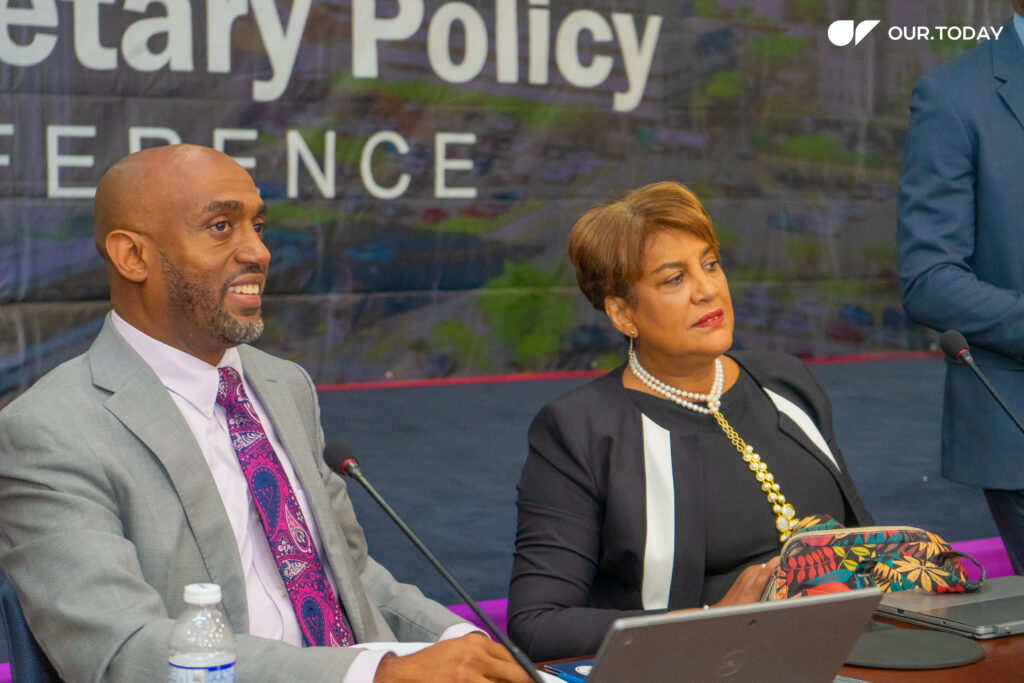
Moreover, the bank’s Monetary Policy Committee remains committed to its work programme to further strengthen the policy rate transmission process, which has been a sore point for Jamaica’s Central Bank.
FX market stable and performing
Turning to the foreign exchange market, Byles reports that the BOJ’s participation in the market has remained broadly unchanged, pointing out, “Cumulatively, BOJ has sold US$1.2 billion via its B-FXITT facility over the 12 months to end July 2025, compared to US$956 million over the 12 months to end July 2024.
“However, the bank net purchased approximately US$931.0 million over the current period. In this context, as at 12 August, Jamaica’s gross international reserves stood at a historically high and healthy level of US$6.2 billion, or 148% of the measure considered adequate.”
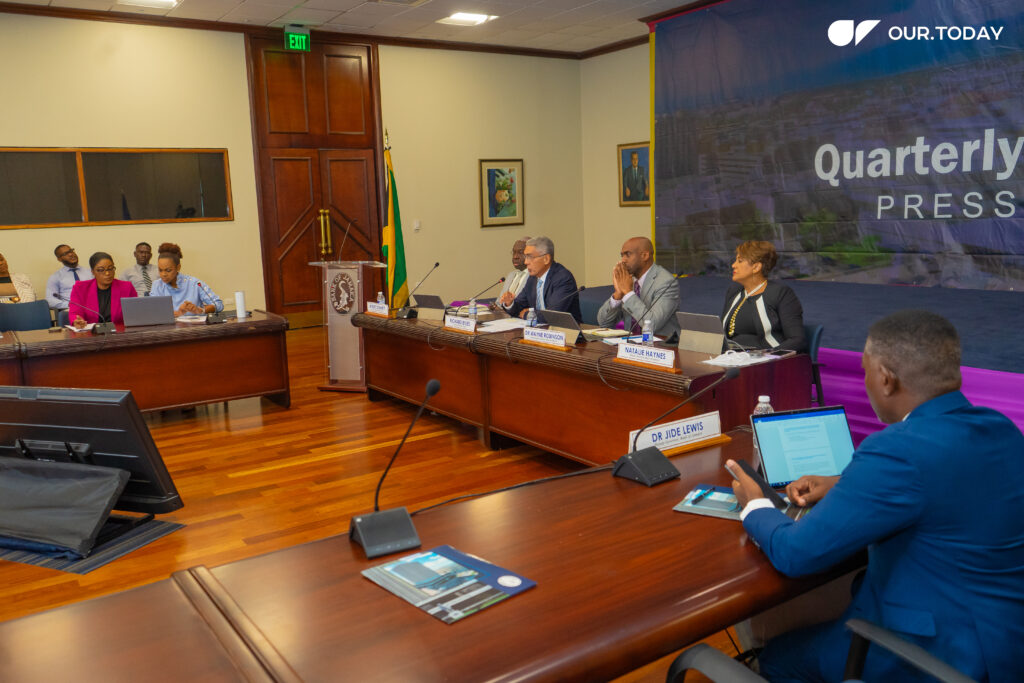
Supported by strong economic fundamentals and BOJ’s intervention to smooth out the volatility in the foreign exchange market, Byles reports that expectations have normalised highlighting, “Since end June, the pace of depreciation has fallen and there has been a reduction in the market’s net open position….the Bank remains committed to presiding over the policy of maintaining a flexible exchange rate regime.”
He emphasised, ”So long as inflation in Jamaica over the long run exceeds that of its main trading partners, the public should expect that the exchange rate will fluctuate around some trend.”

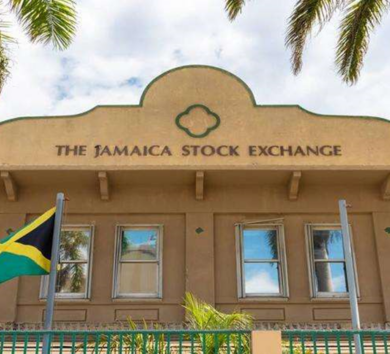
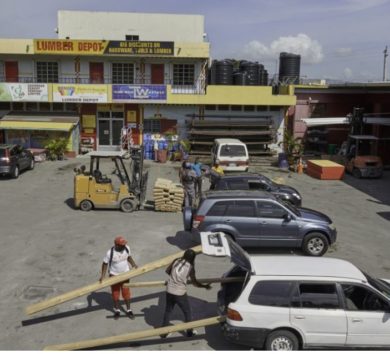

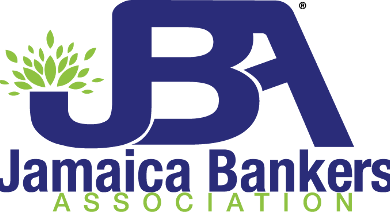

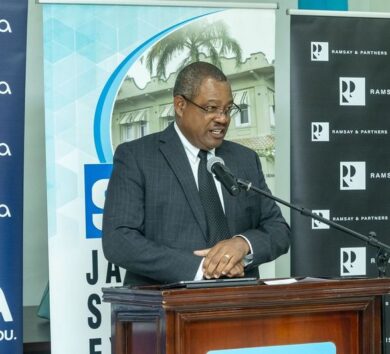
Comments